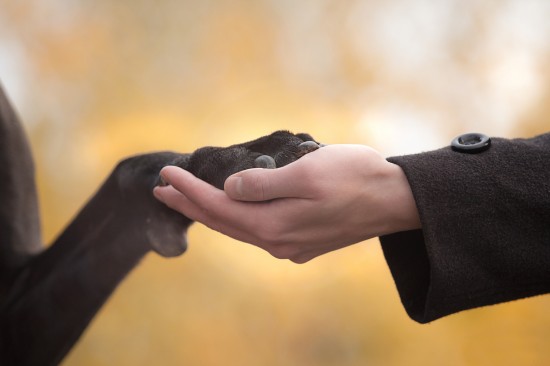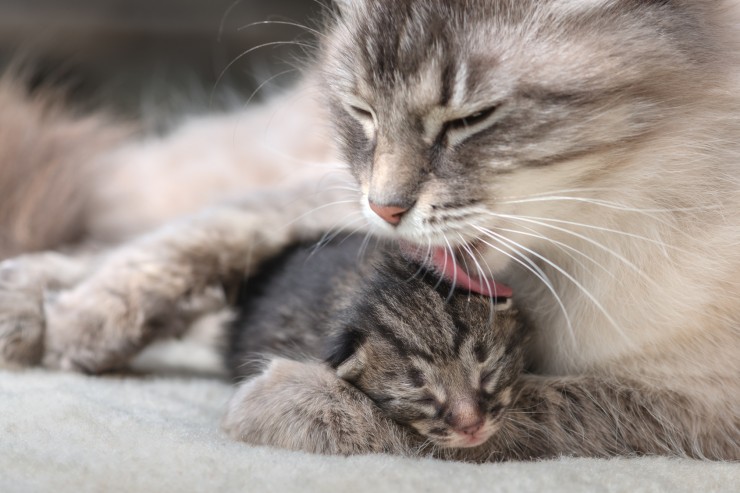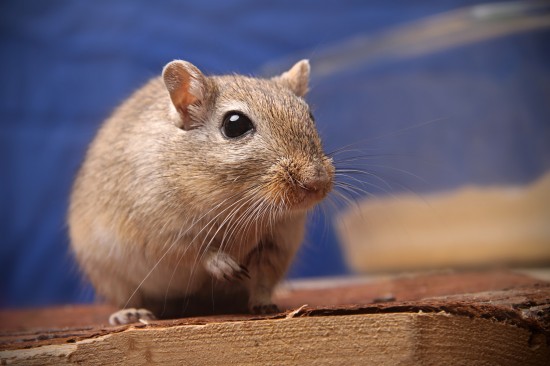
Reptiles, including geckos and lizards, can be attention-grabbing pets, at the very least. Listed here are a couple of things you will want to know when setting up house for your new comrade.
In case one of your best friends is a lizard, it is important to understand that its housing requirements are not really the exact same as yours. Listed here are a few details you might want to be familiar with how to make your reptile have a healthy life:
Terrestrial Habitat
Reptiles do well in a terrestrial habit. The surroundings are chiefly rock, but it could include a small amount of vegetation and water. Measurements extend from one foot per side for a leopard gecko to up to more than six feet for a green iguana; it all is dependent upon the size of the pet. There should also be a pool of water for the reptile to bathe in.
A few varieties may spend numerous hours bathing. It goes without saying, the environment should foil the flight of the little companion, and yet it must have plenty of air supply. A nice transparent enclosure is good, something similar to fiberglass, glass or melamine covered with plastic. The home ought to be easily accessible for cleaning. Bedding could be wood chips or sand, but newspaper and artificial turf will serve nicely, have less hazard of being eaten by the reptile, and can be easily and regularly replaced.
Hideouts and Things to Climb On
Reptiles love hideouts. If they don't have them, they may be at risk of feeling uneasy. Hideouts can be anything harmless for the reptile such as a skull, bark bend, a granite cave and a wealth of other items within nature or obtained at an exotic pet store.
If you have the type of reptile that loves to crawl up things, for instance water dragons, geckos and iguanas, they ought to have limbs or branches they can scale. You'll also find these things in the environment or at an exotic pet store.
Climate
It will be necessary to present your reptile with the proper climate. This would include sufficient heat and dampness, plus an ultraviolet light. The ultraviolet light can make up for the sunlight they're needing by being indoors. As it is in humans, this light is important for the production of some nutrients. The light should be turned off after dusk, and should have a time throughout the day when it is turned up brighter than usual to permit the pet to indulge in it.
The warmth is a different thing, and is provided by a separate source, like an infrared heat lamp or incandescent bulb. Temperatures higher than the mid 90s F and under the 30s F could very well be unsafe, and in many cases fatal, to your reptile. Reptiles tend to flourish in temperatures in the 80s to mid 90s, but you should do your own research to find out more about your specific lizard. A large bowl of water, perhaps the one for bathing, may provide satisfactory humidity for the lizard. The habitat should have a divergence in temperature throughout it that varies by 5 to 10 degrees F. So, as an example, the either end of the housing would be almost 5 degrees cooler than the middle.
 Thirteen Interesting Facts About Your Dog’s Paws
Thirteen Interest
Thirteen Interesting Facts About Your Dog’s Paws
Thirteen Interest
 Looking After A Mature Dog
Looking After A M
Looking After A Mature Dog
Looking After A M
 What To Do When Things Go Wrong With Your Cats Birthing
What To Do When T
What To Do When Things Go Wrong With Your Cats Birthing
What To Do When T
 Foods That Are Safe For Your Gerbil
Foods That Are Sa
Foods That Are Safe For Your Gerbil
Foods That Are Sa
 Need for a well behaved dog
Need for a well behaved dog
They spend their l
Need for a well behaved dog
Need for a well behaved dog
They spend their l
Copyright © 2005-2016 Pet Information All Rights Reserved
Contact us: www162date@outlook.com